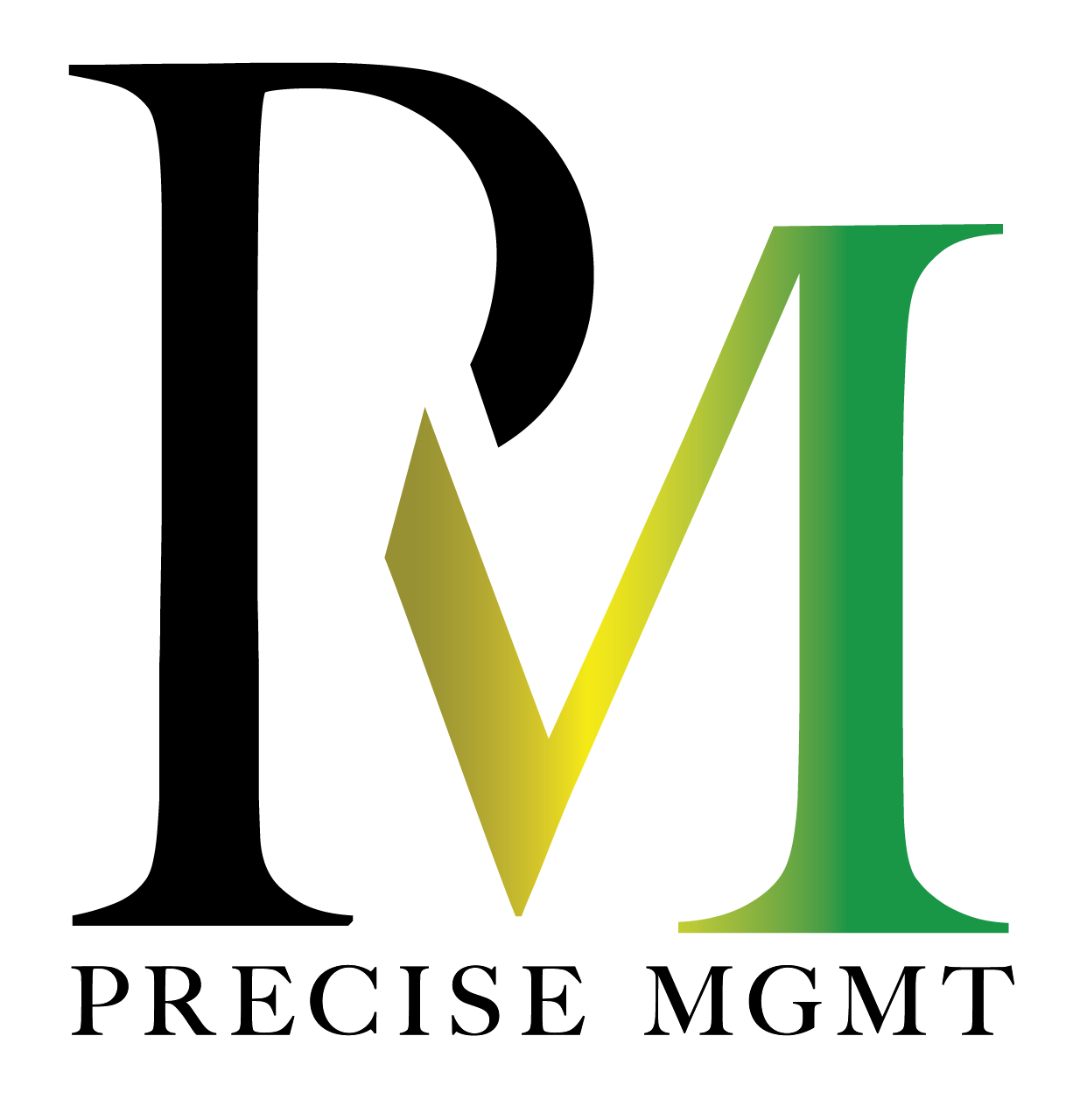
When it comes to financial services, firms are often laser-focused on revenue growth—acquiring new clients, increasing assets under management, and expanding service offerings. While top-line growth is critical, many businesses struggle with reactionary decision-making, leading to inefficiencies, cash flow issues, and missed opportunities. To grow sustainably and profitably, firms need more than just revenue; they need financial discipline and strategic planning.
This is where Strategic Financial Planning & Analysis (FP&A) plays a vital role. By leveraging financial modeling, budgeting, and forecasting, firms can make data-driven decisions, mitigate risks, and optimize financial resources for long-term success. However, many financial services firms lack the internal expertise to implement these strategies effectively. A Fractional CFO can bridge this gap—bringing the financial acumen needed to execute these strategies without the overhead of a full-time hire. Additionally, tools like Precise MGMT’s Projection Tool provide firms with greater visibility and control over their financial trajectory, ensuring they stay on track toward their growth goals.
The Missing Link: Financial Discipline & Control
Entrepreneurs in the financial services sector often excel at generating revenue but struggle with the financial discipline required to retain and optimize their earnings. Without a structured approach to financial planning, it’s easy to overspend on operational costs, misallocate resources, or make investment decisions based on assumptions rather than data.
Strategic FP&A addresses these issues by establishing clear financial controls. By setting budgets and creating accurate projections, firms can track performance against goals, identify potential shortfalls, and adjust strategies before problems arise. A well-defined financial roadmap ensures firms are not just growing but doing so with profitability and sustainability in mind.
The Power of Budgeting & Forecasting in Decision-Making
One of the biggest advantages of effective FP&A is its ability to improve decision-making. Firms often face critical choices such as:
Expanding services or hiring new staff – Do we have the financial resources to support new hires before they start generating revenue? How long will it take to see a return on investment?
Investing in technology – What impact will this have on our operating budget? Will it improve efficiency enough to justify the cost?
Managing client acquisition costs – Are we spending the right amount on marketing and client acquisition, or are we burning cash inefficiently?
Budgeting and forecasting allow financial services firms to model different scenarios and assess their impact before making major financial commitments. With real-time visibility into cash flow and expenses, businesses can proactively manage risks and seize growth opportunities at the right time.
Scenario Planning & Risk Management
Financial services firms operate in a dynamic market where external factors—economic downturns, regulatory changes, or market volatility—can impact business performance. Without forward-looking financial planning, firms may find themselves unprepared for shifts in the market.
This is where scenario planning becomes essential. By using financial models, businesses can test different scenarios, such as:
What happens if revenue growth slows by 10%?
How do we adjust our cost structure if client retention drops unexpectedly?
What level of cash reserves do we need to withstand a market downturn?
By planning for different possibilities, firms gain the ability to pivot quickly, reducing risks and making data-driven adjustments when needed.
How Precise MGMT’s Projection Tool Enhances Financial Planning
To make strategic FP&A more accessible, Precise MGMT developed the Projection Tool, designed specifically to help financial services firms take control of their budgeting and forecasting process. This tool simplifies financial modeling by allowing businesses to input key financial data and visualize different growth scenarios.
Here’s how the Projection Tool can transform your financial planning process:
Clarity on Revenue & Expenses – Easily break down income sources and track expenses to ensure financial stability.
Cash Flow Forecasting – Anticipate when cash will be tight and plan accordingly, avoiding shortfalls that could hinder operations.
Scenario Analysis – Adjust variables such as hiring, marketing spend, or new investments to see how different choices impact the bottom line.
Risk Mitigation – Identify potential financial challenges before they arise, allowing firms to take proactive measures.
By leveraging the Projection Tool, financial services firms can take the guesswork out of financial planning and build a strategy grounded in data and real-world insights.
Why Fractional CFOs Are the Key to Smarter Financial Strategies
While tools like the Projection Tool are invaluable, they are most effective when guided by expert financial oversight. A Fractional CFO brings the strategic insight needed to translate financial data into actionable business strategies.
Unlike a full-time CFO, a Fractional CFO provides high-level financial expertise on a flexible, cost-effective basis. Their role includes:
Developing customized budgeting and forecasting strategies
Providing insights on profit optimization
Conducting scenario planning for sustainable growth
Enhancing financial reporting and performance tracking
Advising on capital allocation and investment decisions
For financial services firms looking to scale, having a Fractional CFO ensures financial discipline, helping businesses optimize their resources, minimize waste, and drive profitability.
Final Thoughts: Take Control of Your Financial Future
Strategic Financial Planning & Analysis is the foundation of sustainable business growth. Without proper budgeting, forecasting, and financial modeling, firms are essentially flying blind—hoping for success but lacking the structure to ensure it.
By integrating FP&A best practices and leveraging tools like Precise MGMT’s Projection Tool, financial services firms can make smarter decisions, mitigate risks, and build a path toward long-term financial success. And with the guidance of a Fractional CFO, businesses gain a trusted advisor who ensures they remain financially disciplined while executing their growth strategy.

Comments